Alfred Bush writes, “Ulli Steltzer was a Gerrman born photographer who came to Princeton in the 1960s and kept a studio on Tulane Street, where she photographed most the Princeton’s famous and not so famous for many years. With a keen social conscience, in the late 1960s she made photographic forays into the American south, coming back with images to document the plight of the black population there under segregation. These comprise the photographs now in the Graphic Arts Division, the gift of Bill Scheide, a good friend of Ulli.”
Mr. Bush continues, “I then encouraged her to attempt to document American Indians of the Southwest. She bravely took on the Hopis, whose traditional life was then probably the least acculturated in the country, and also the tribe least tolerant of photography. Much to my surprise, after several summers living in the Hopi villages and joining in with the women’s work there, she came back with an extraordinary record of Hopi life. These photographs comprise the large body of work in the Western Americana collections.”
“Ulli subsequently moved to British Columbia and continued her photography among the native people in that area. She worked with the Tlingit and even later with the Inuit, rigging her camera to work in below zero temperatures. She produced a number of books of photography of indigenous Americans and toward the end of her photography career on the people of China. She earned many honors in Canada for her work.”
Photographers Ulli Steltzer & West County Camera (Fred) taken during a workshop in 1987. (c) West County Camera.
Listen to the artist talk about her work:
Currently at Princeton University Library:
Coast of many face / Ulli Steltzer and Catherine Kerr ; [maps by Marta Farevaag]. Seattle : University of Washington Press, 1979. xii, 212 p. : ill. ; 28 cm. Annex A, Forrestal F1087.8 .S73 1979
Davidson, Robert, 1946- Eagle transforming : the art of Robert Davidson / [photographs by] Ulli Steltzer ; [text by] Robert Davidson. Vancouver : Douglas & McIntyre ; Seattle : University of Washington Press, c1994. x, 164 p. : ill. ; 28 cm. Marquand Library (SA) E99.H2 D3929 1994
A Haida potlatch / Ulli Steltzer ; foreword by Marjorie Halpin. Seattle : University of Washington Press, 1984. xiv, 80 p. : ill. ; 27 cm. Firestone Library (F) E99.H2 S74 1984
Health in the Guatemalan highlands / Ulli Steltzer ; introduction by Carroll Behrhorst. Vancouver : Douglas & McIntyre ; Seattle : University of Washington Press, c1983. xxxv, 80 p. : ill. ; 25 cm. Firestone Library (F) RA771.7.G9 S83 1983
Indian artists at work / Ulli Steltzer. Vancouver : J. J. Douglas, c1976. 163 p. : ill. ; 26 cm. Graphic Arts Collection (GAX) Oversize 2006-0609Q
Indian artists at work / Ulli Steltzer. Seattle : University of Washington Press, 1977, c1976. 163 p. : chiefly ill. ; 25 cm. Rare Books Off-Site Storage E98.A7 S84
Inuit, the North in transition / by Ulli Steltzer. Seattle : University of Washington Press, c1982. viii, 216 p. : ill., maps, ports. ; 32 cm. Firestone Library (F) Oversize E99.E7 S824 1982q
Naanii Florence. [Vancouver, B.C.? : U. Steltzer, 1993?] 35, [1] p. : chiefly ill. ; 22 cm. Rare Books: Western Americana Collection (WA) NJPG94-B73358
The new Americans : immigrant life in Southern California / Ulli Steltzer ; introduction by Peter Marin.Edition: 1st ed. Pasadena, Calif. : New Sage Press, 1988. 175 p. : ill. ; 30 cm. Marquand Library (SAPH): Photography F867 .S83 1988
The spirit of Haida Gwaii : Bill Reid’s masterpiece / Ulli Steltzer ; foreword by Bill Reid ; introduction by Robin Laurence. Vancouver : Douglas & McIntyre ; Seattle, Wash. : University of Washington Press, c1997. 61 p. : chiefly ill. ; 22 cm. Marquand Library (SA) NB249.R44 S734 1997
Western Americana photographs collection, 1800s-1900s. Rare Books: Manuscripts Collection (MSS) WC064
Wo yan zhong he xin zhong de xing xiang : sheng huo zai Lijiang, Baidi, Yongning de ren men Sight and insight : life in Lijiang, Baidi, and Yongning / Wuli Site’erzi zhu ; Ling Man, An Li yi.Edition: Di 1 ban. Kunming Shi : Yunnan mei shu chu ban she, 2002. 142 p. : chiefly ill. ; 26 cm. Marquand Library (SA) DS793.Y8 S834 2002
The world of southwestern Indians; an exhibit of photographs by Ulli Steltzer. [Paterson, N.J.? 1970] [4] p. illus. 22 cm. Rare Books Off-Site Storage E78.S7 xW6
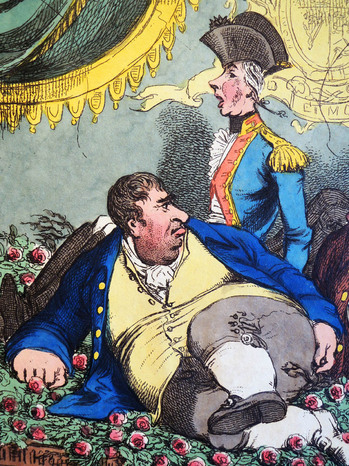
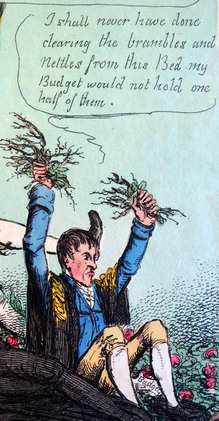
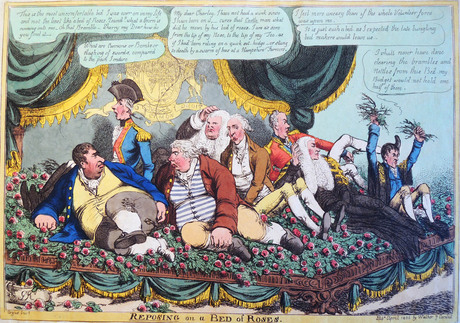
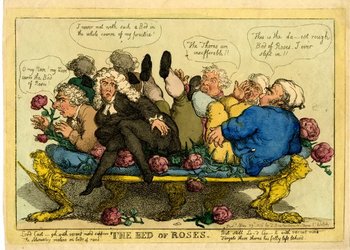
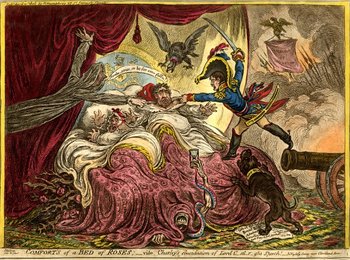
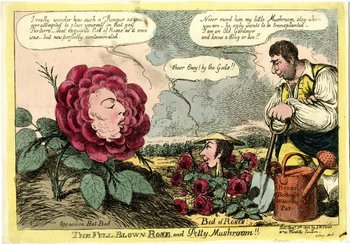
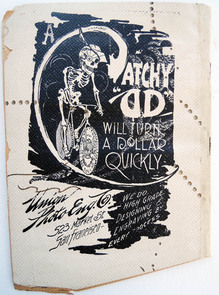
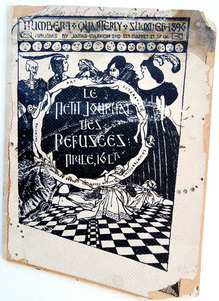
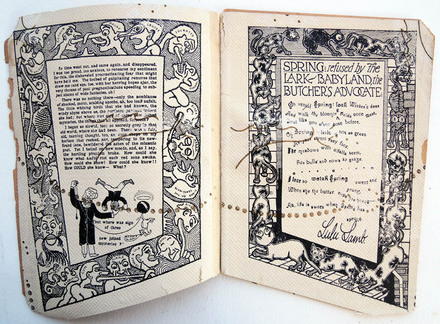
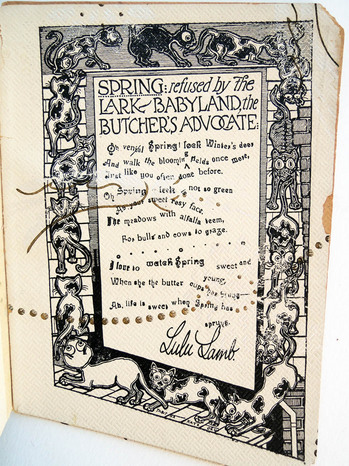
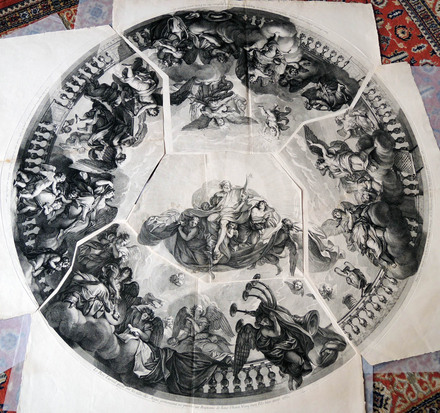
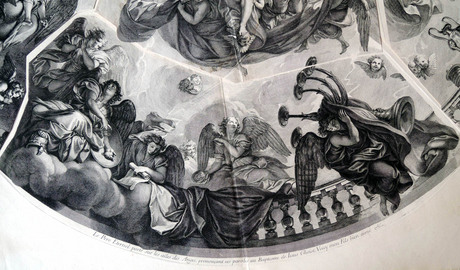
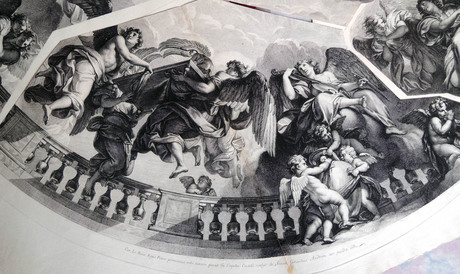

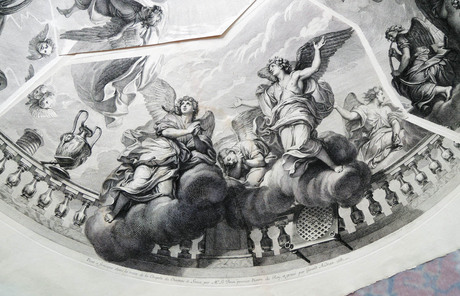

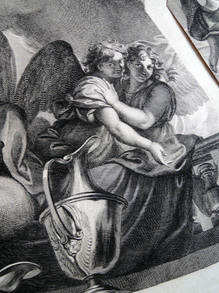
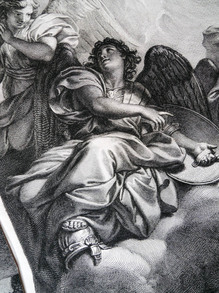
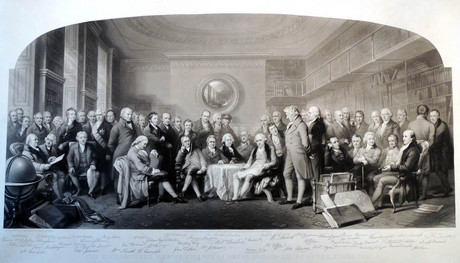

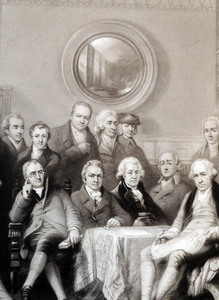
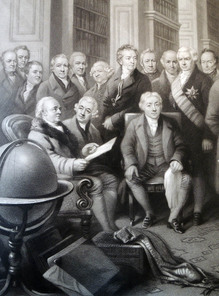
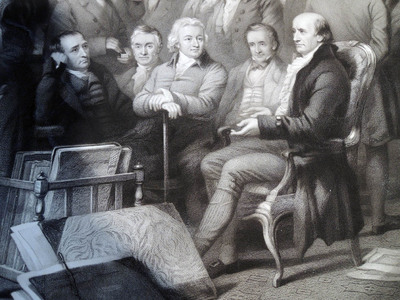
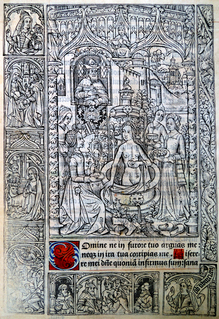
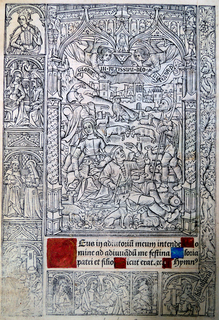
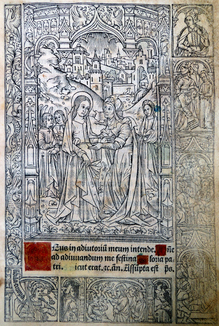
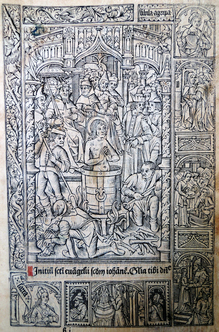
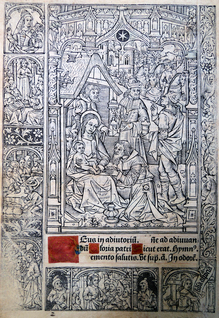
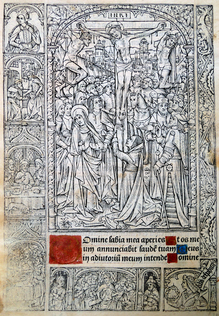
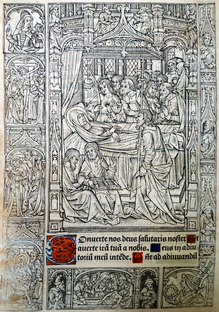
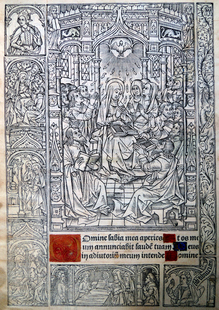
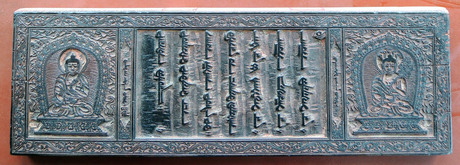
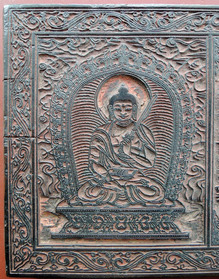
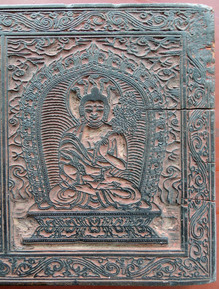

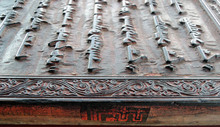
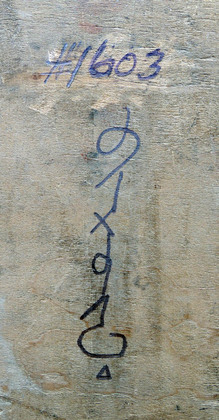
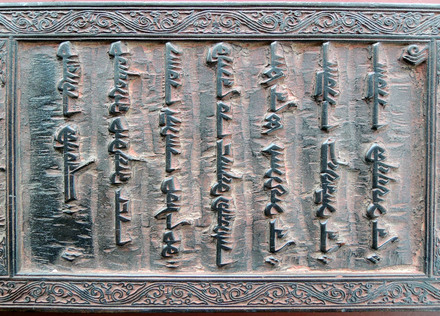
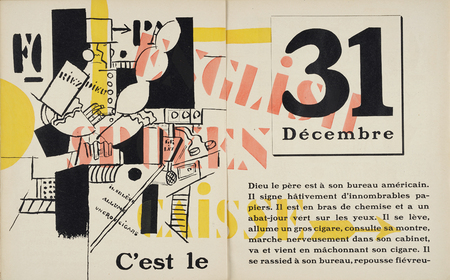
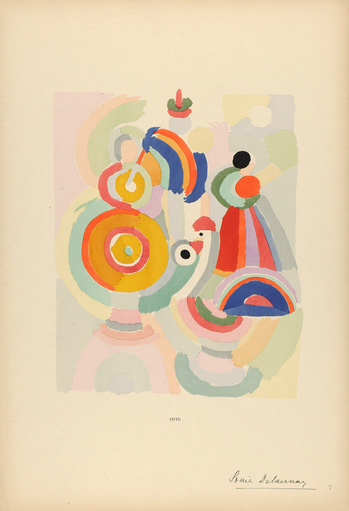
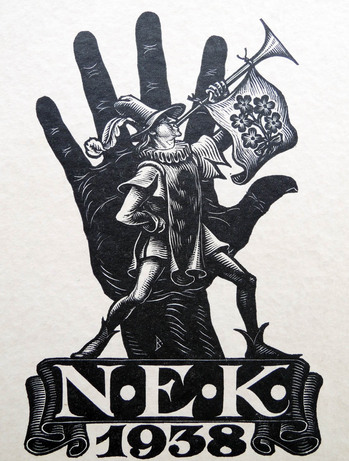
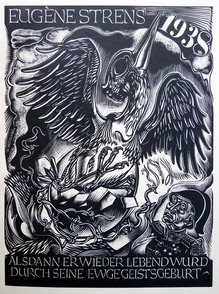
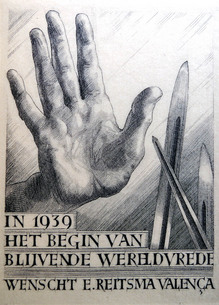
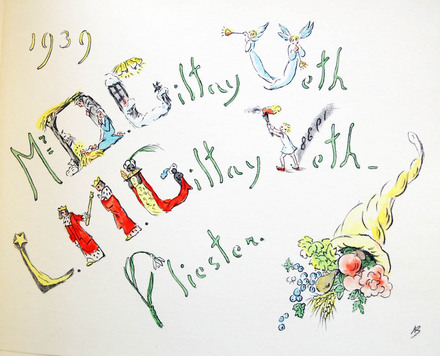

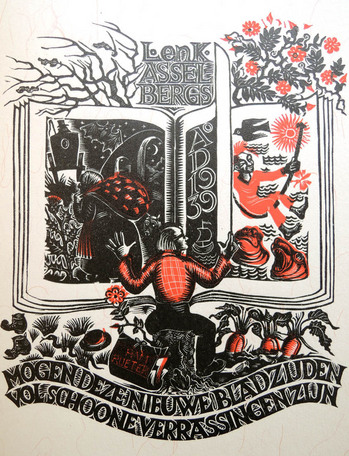
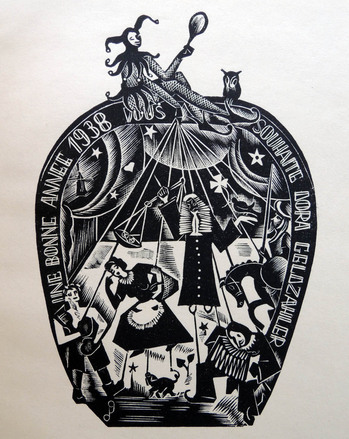
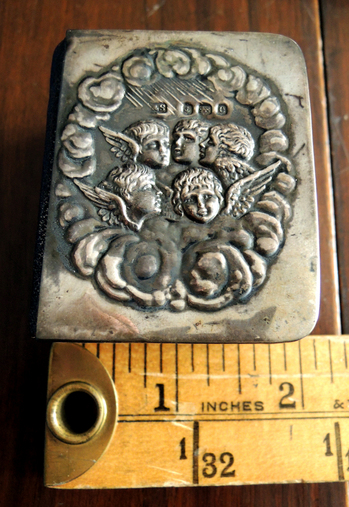
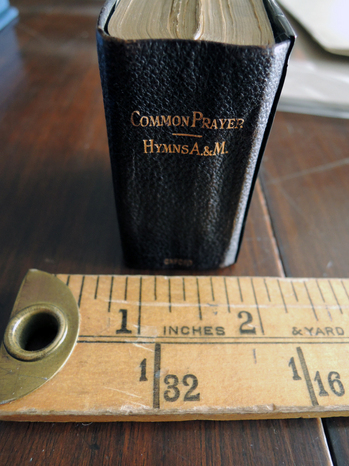
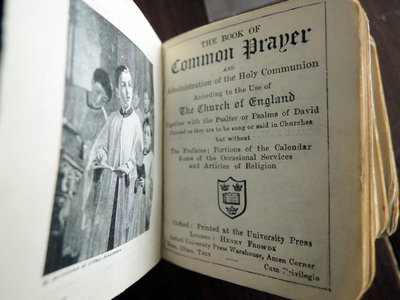
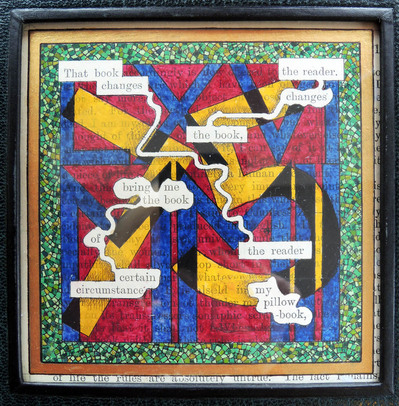
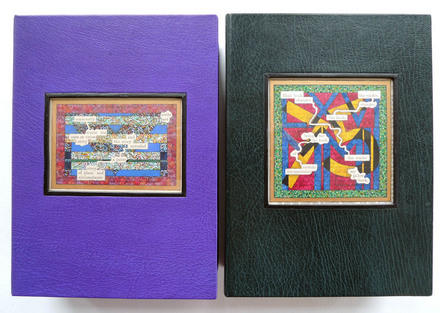
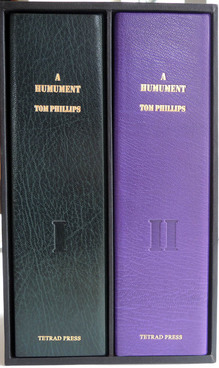
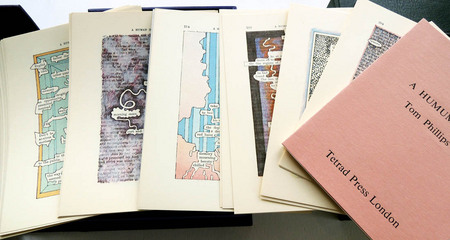
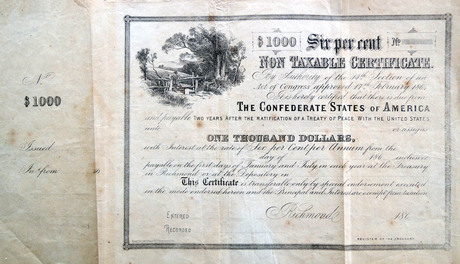

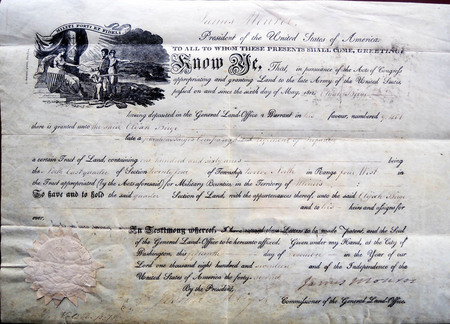
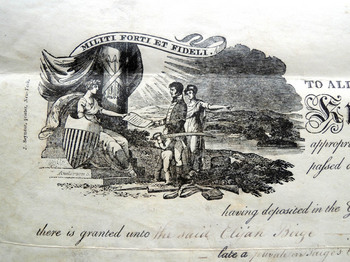
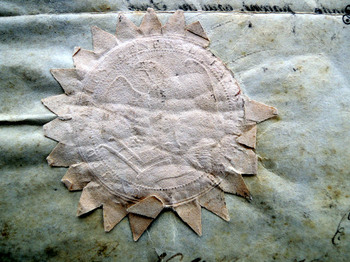
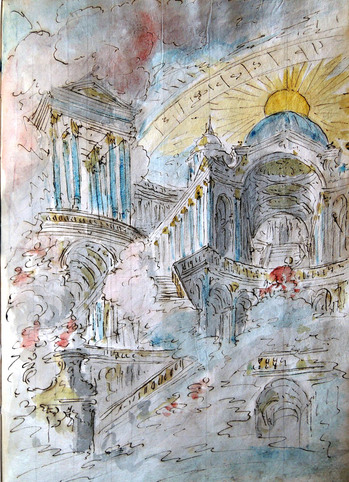
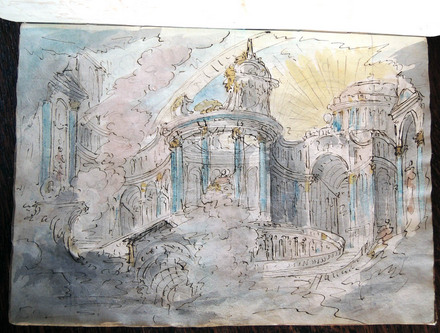
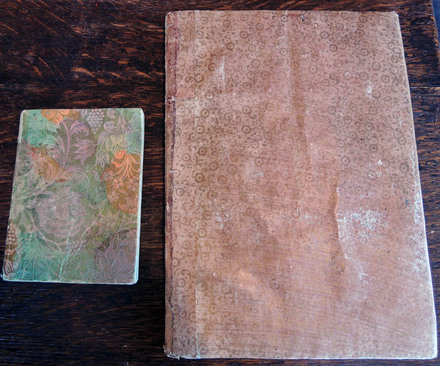
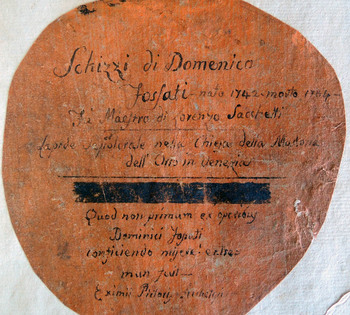
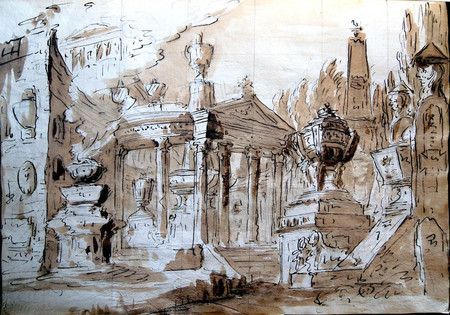
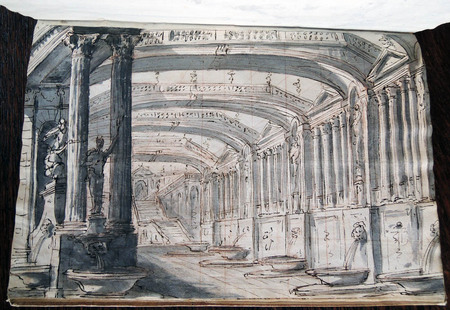
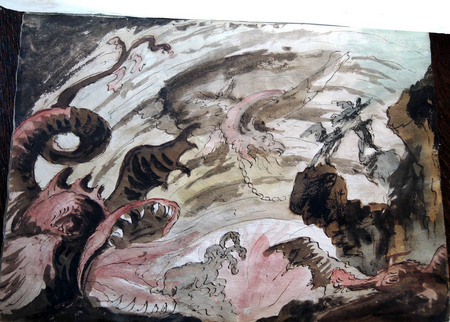
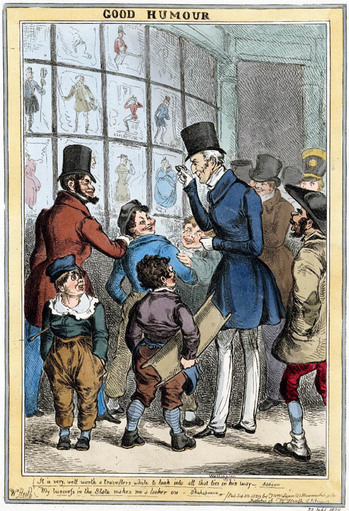
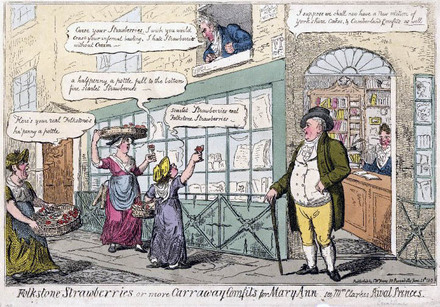
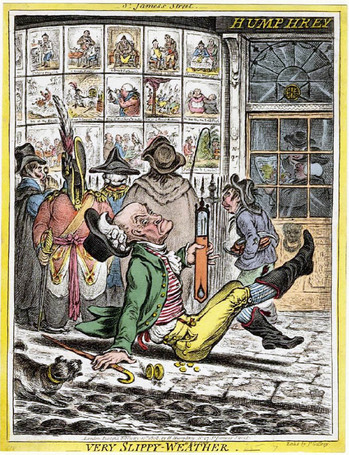
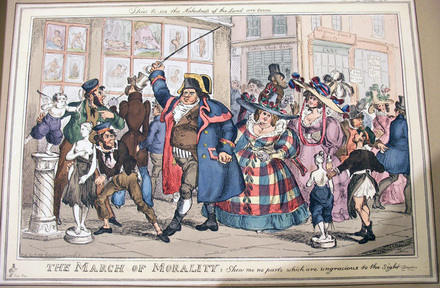
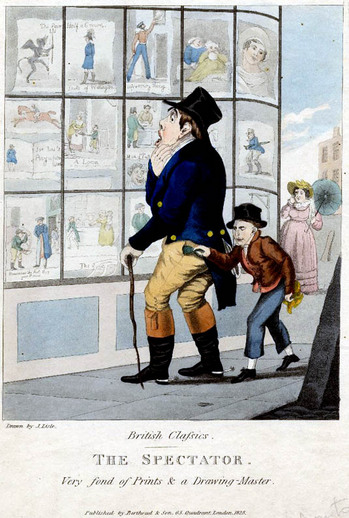
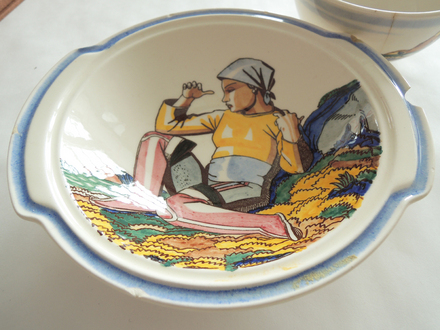

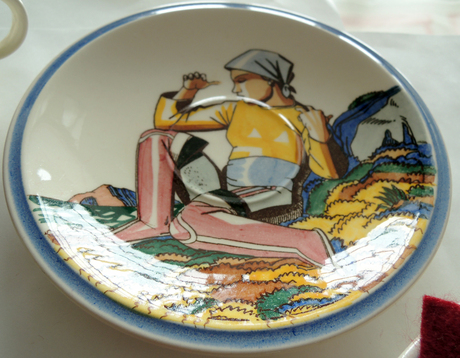
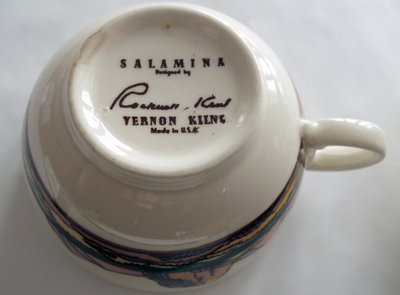
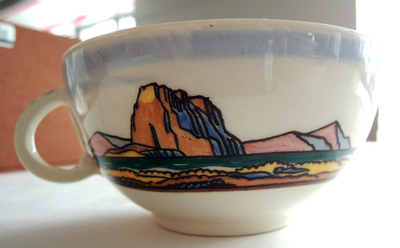
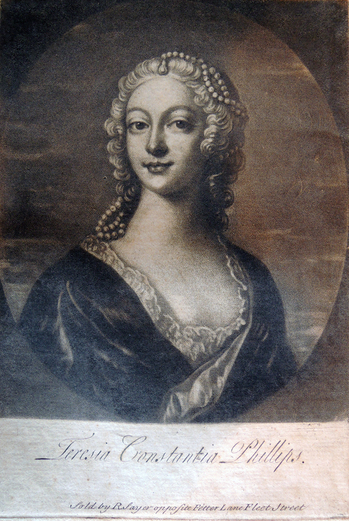
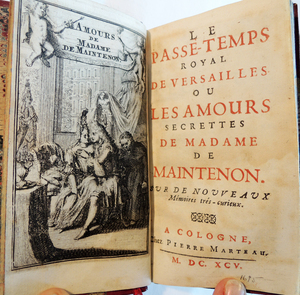
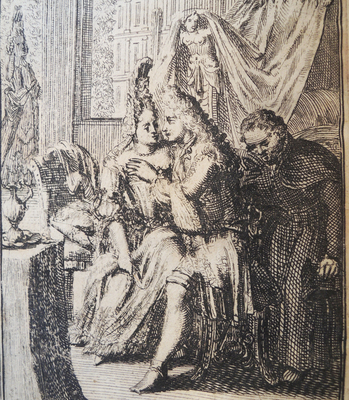
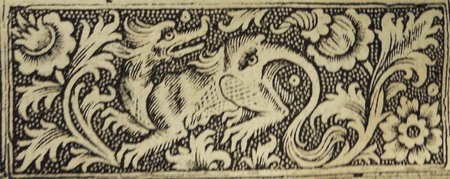
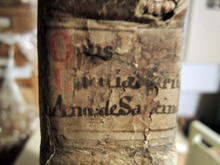
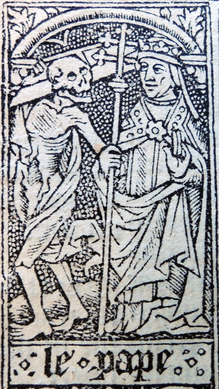
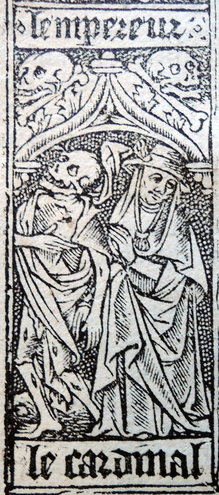
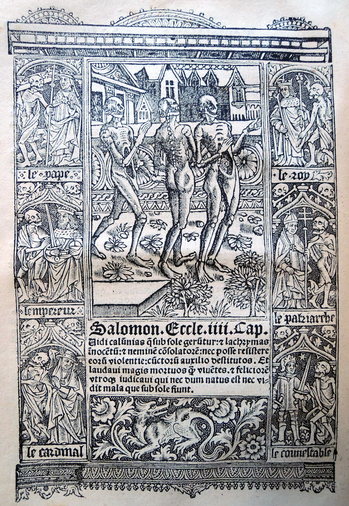
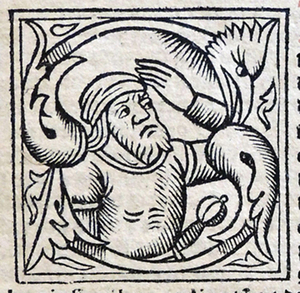
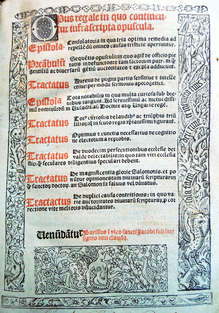

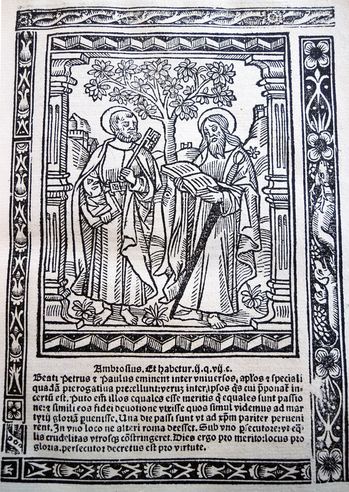
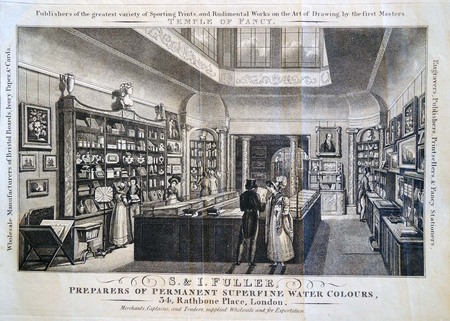
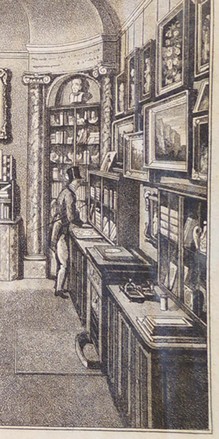


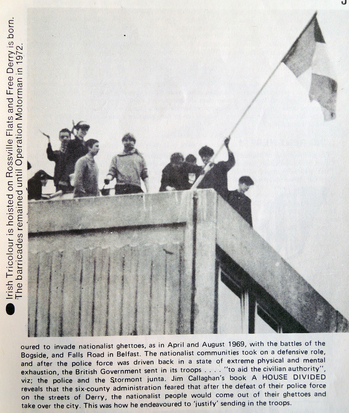

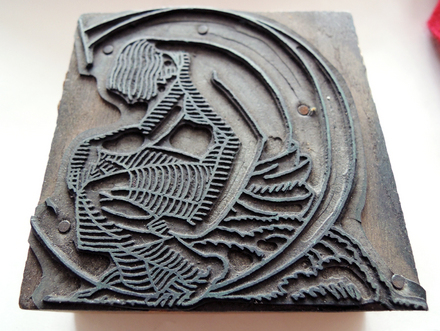
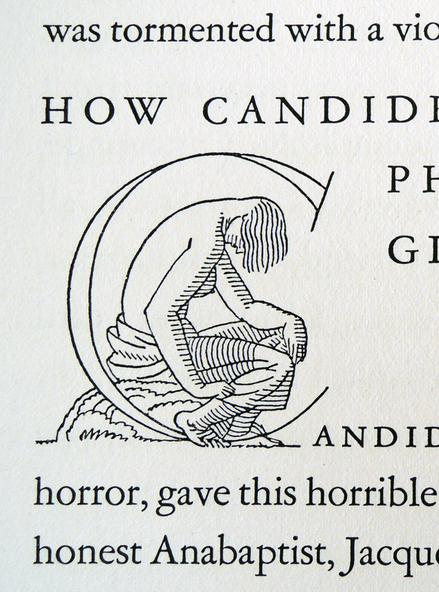
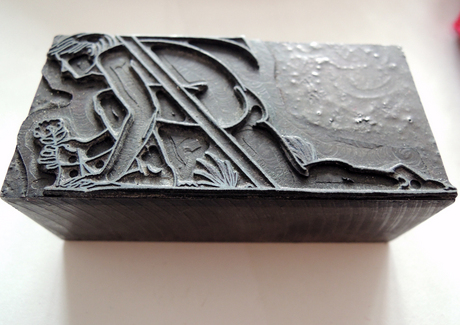
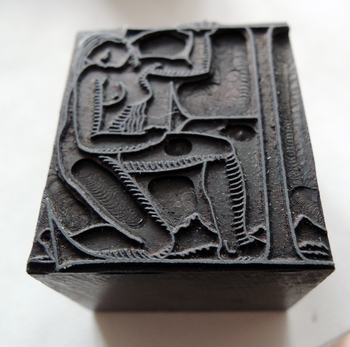
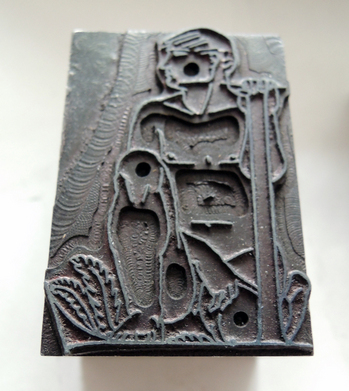
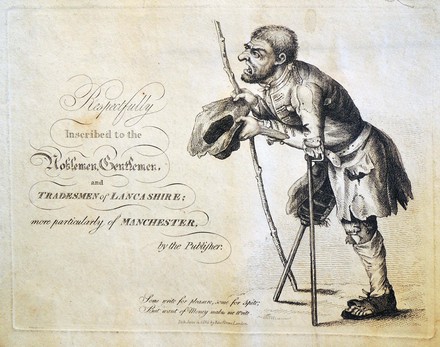

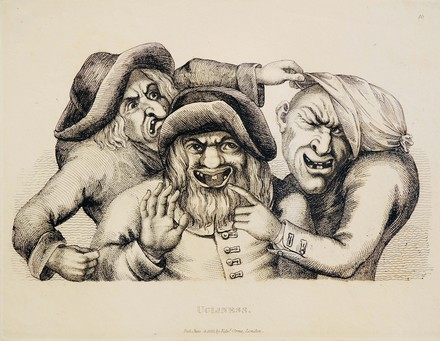
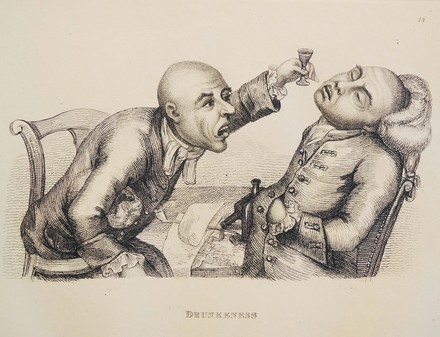
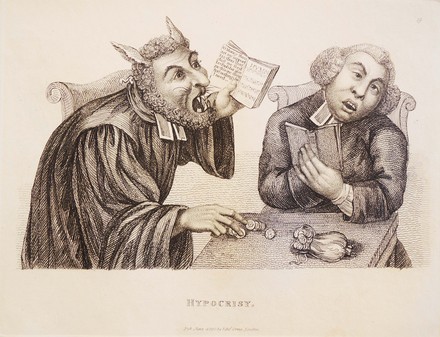
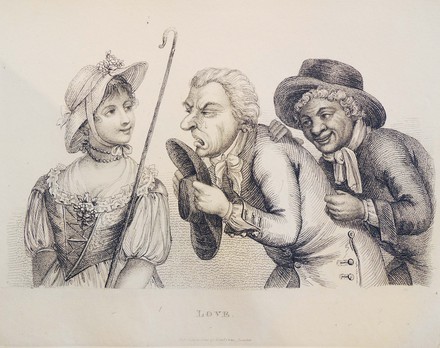
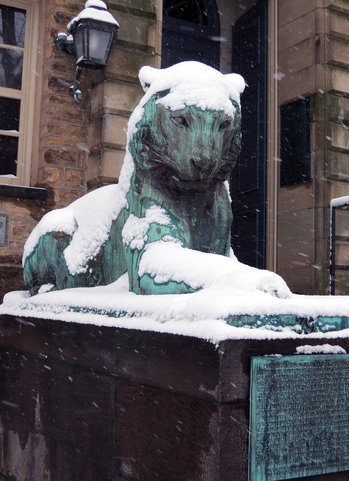


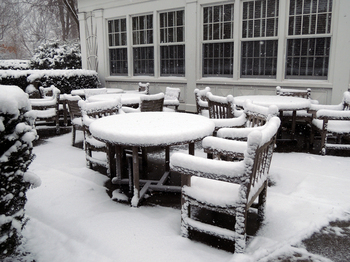
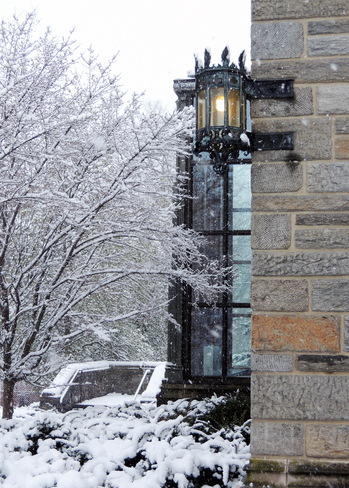
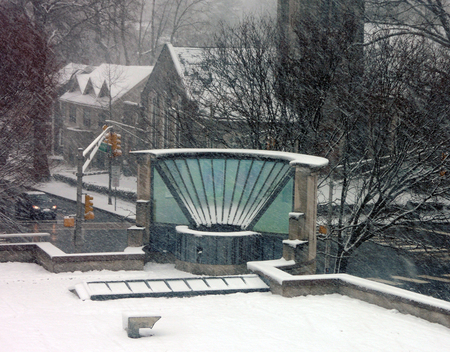

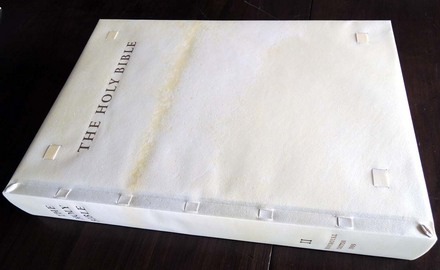
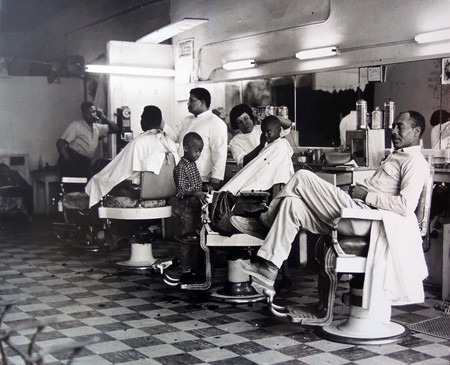

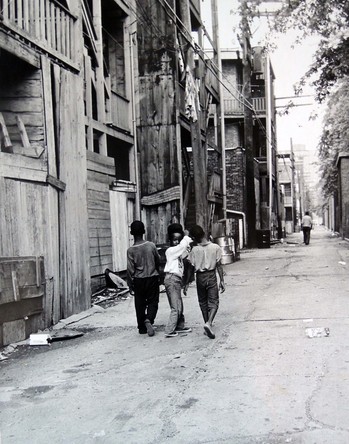
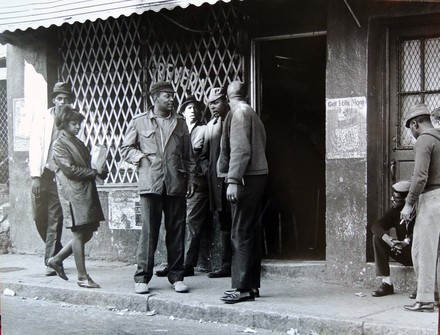
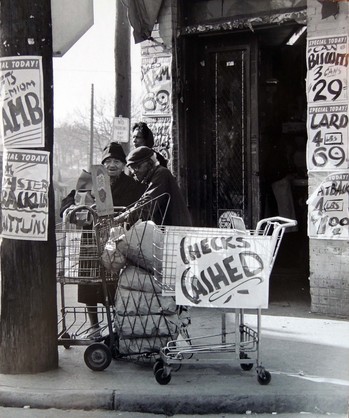
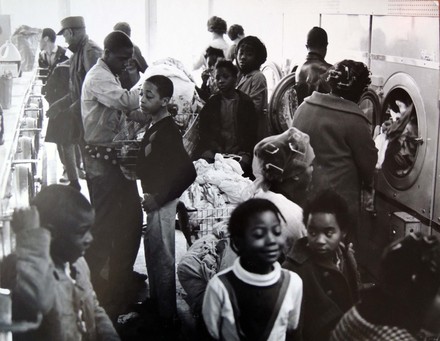

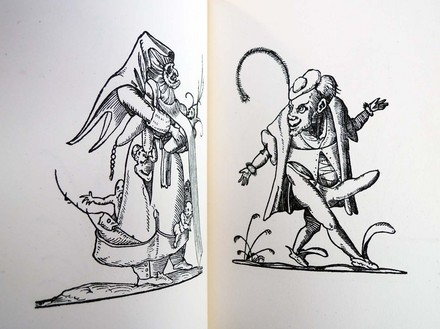
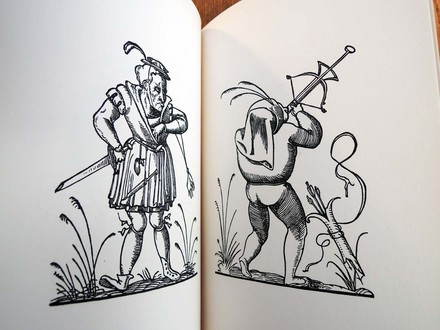
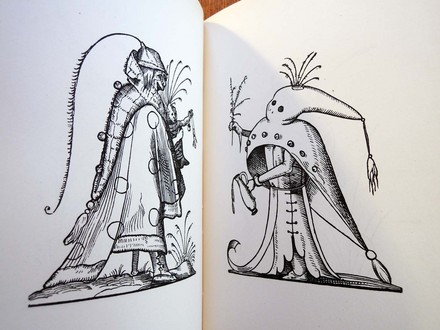

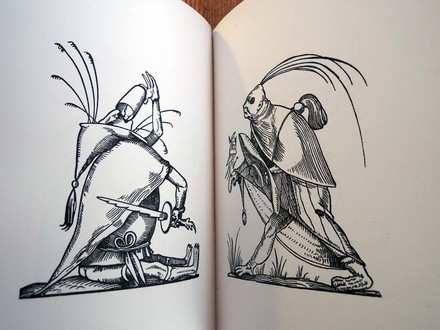
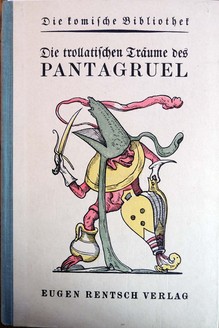
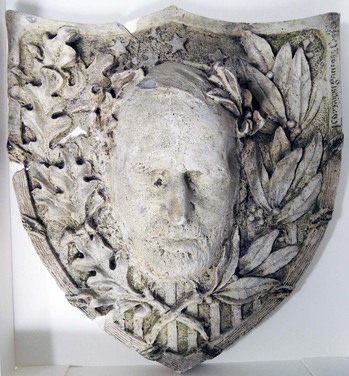
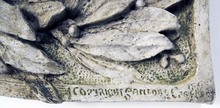
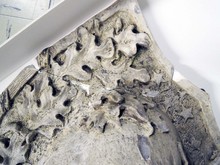
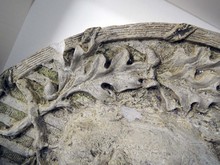
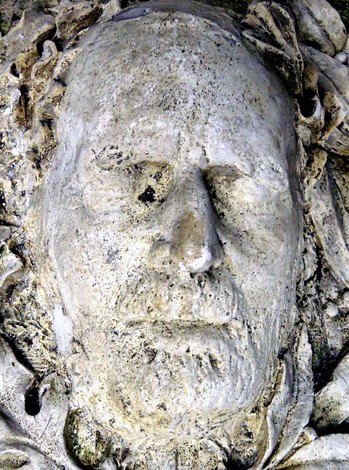
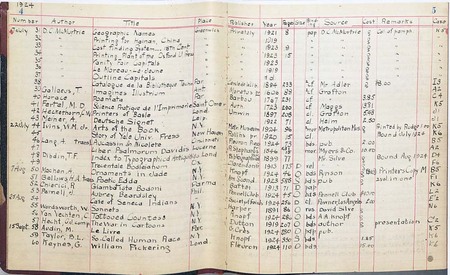
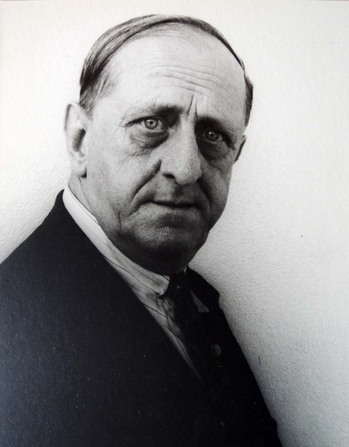
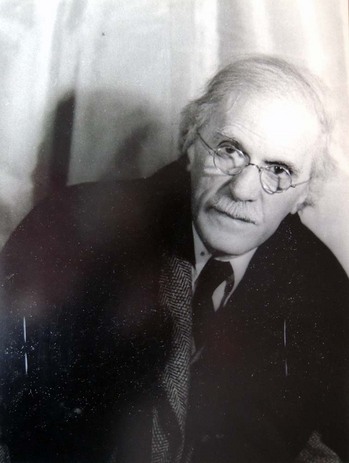
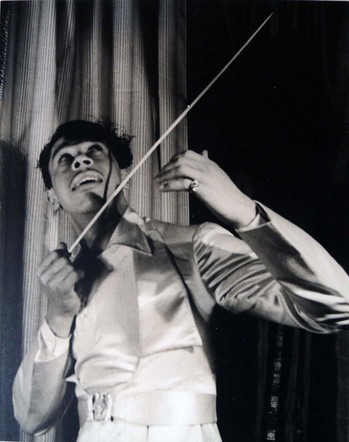
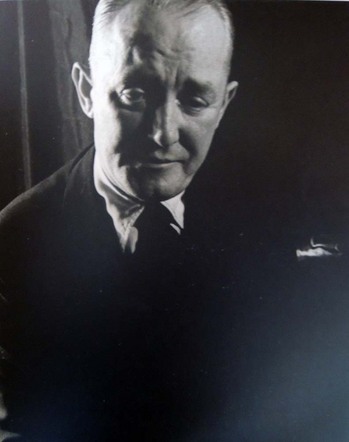
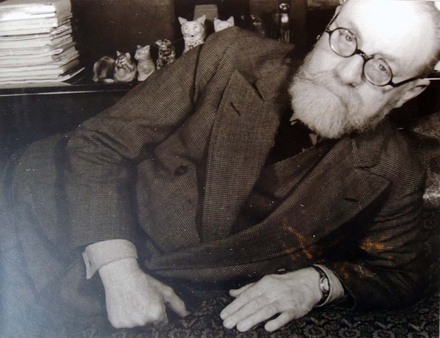
Recent Comments